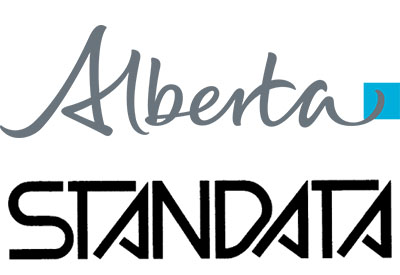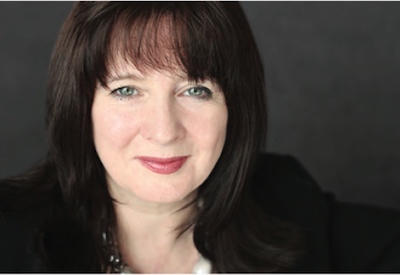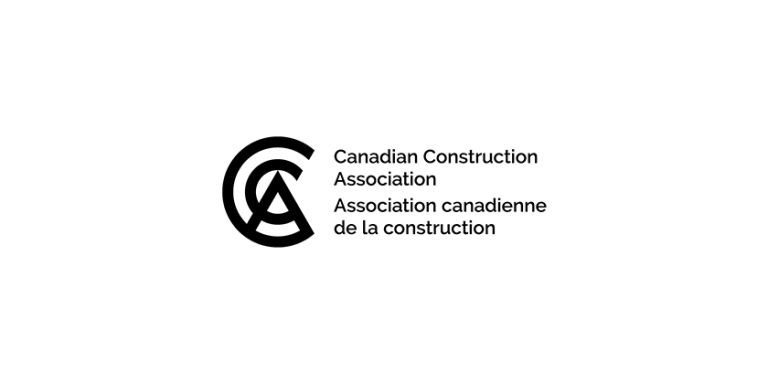What Is Specular Reflection?

July 16, 2018
Specular reflection, also known as veiling reflection, is light reflection from an object or task that obscures details. It is a vital concept in the field of lighting.
A beam of light that comes to rest on a surface may be reflected in several ways. The beam alters its course once it hits certain types of surfaces. There are many types of light reflection, but specular reflection is the occurrence that needs to be taken into consideration when designing a lighting arrangement for a given space.
What is specular reflection?
Specular reflection is a type of surface reflectance often described as a mirror-like reflection of light from the surface. In specular reflection, the incident light is reflected into a single outgoing direction.
Light reflects on a surface known as specular surface (similar to that of a mirror) at the angle of incidence; it is further reflected at a similar angle.
The secondary beam is affected by the type of surface on which it is reflected as well as by the position of the light source. For instance, when light falls on an uneven or irregular surface such as an unpolished or ragged surface, the absorption effect is higher, because it reduces the strength of the reflected beam of light. To produce specular reflection, surface irregularities need to be smaller than the length of the beam’s radiation, such as in the case of polished metal, glass, plastic or transparent liquid surfaces. On a “perfect” surface, the angle of beam radiation is equivalent to that of the incident radiation.
Specular reflection rarely occurs in nature, but rather in man-made spaces. Still waters are an example of nature’s ability to produce this type of reflection.
The effect of specular reflection
Specular reflection exerts an effect on our perception of objects. Actually, the beam that shoots through the specular reflection has penetrated the surface it touched on by barely half a wavelength. Along this course, the colour of the reflected beam is identical to that of the incident beam.
However, when a ray of light meets an object, its beams do not all go through the occurrence of specular reflection at a reflection angle that is equal to the incident beam. A number of these beams are randomly reflected in multiple directions. This is what is known as diffuse reflection.
Thus, a counter that was crafted of a material that reflects a large number of incident beams might reflect the light source almost perfectly and create a form of blinding “spot” lighting effect. On the other hand, a dull or matte finish that absorbs most of all light beams, or an irregular surface that reflects light beams in an irregular fashion, might diffuse light, but this light would lose its brightness.
How to manage specular reflection
There is no set formula to eliminate the veiling effect on a shiny surface. We can, however, change or improve the angle in order to obtain the desired effect.
Let us look at under-counter lighting in a kitchen that illuminates a shiny surface (see photo above). When taking the type of surface as well as the backsplash into account, lighting experts will recommend that the light source be placed at the front of the cupboard, angled toward the back wall in order to create more diffuse and greater illumination of the work surface (see diagram below).
When the light source is installed at the back of the cupboard, the work space will not receive as much light; the angle of incidence will be far more evident.
Conclusion
So, specular reflection depends on the type of surface. To manage veiling reflections appropriately, luminaires should be installed in strategic fashion. It might be necessary to go through a trial-and-error process before finding the perfect location.
This article was first published by Standard as a blog: www.standardpro.com/what-is-specular-reflection/

















